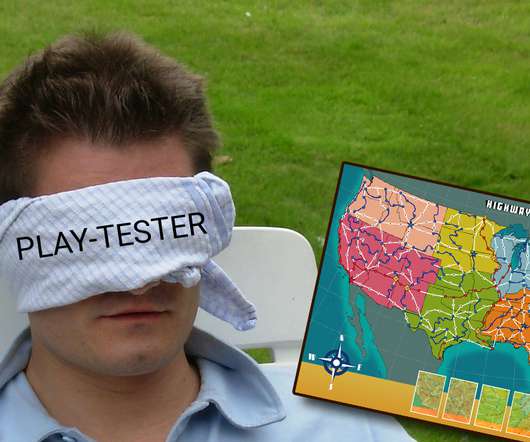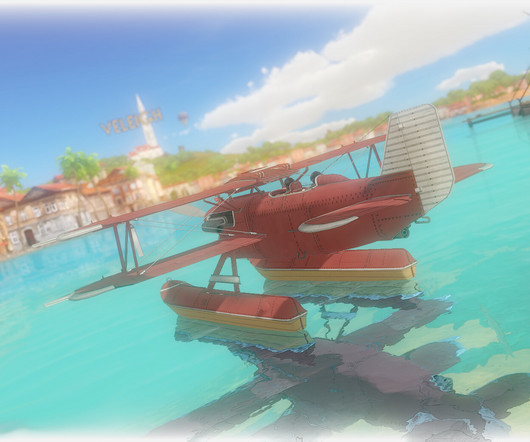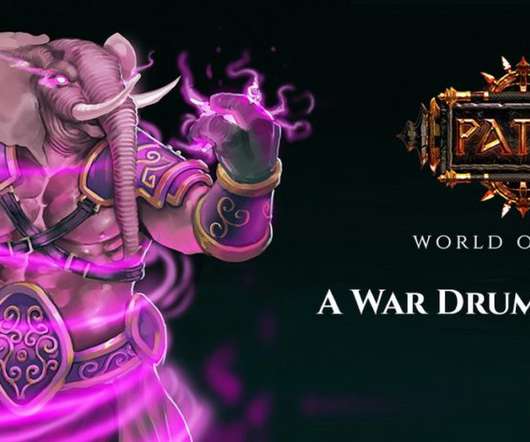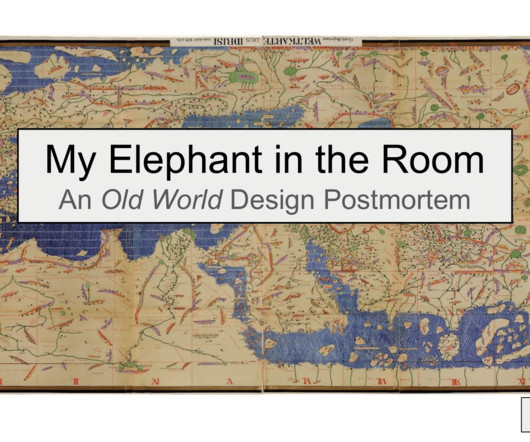How Many Blind Play-Tests Does Your Board Game *Really* Need?
Brand Game Development
DECEMBER 22, 2017
Click here. After all, I’m checking to make sure there are no serious balance issues that come out of repeated plays. You need it for five reasons: It confirms that the core engine and mechanics of your game make intuitive sense. It confirms that the core engine and mechanics of your game make intuitive sense.















Let's personalize your content